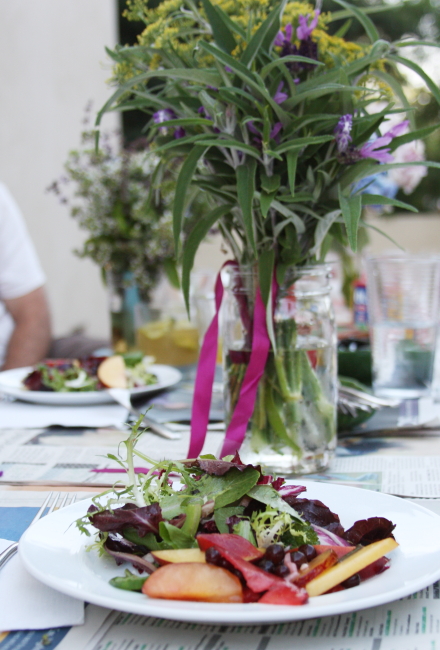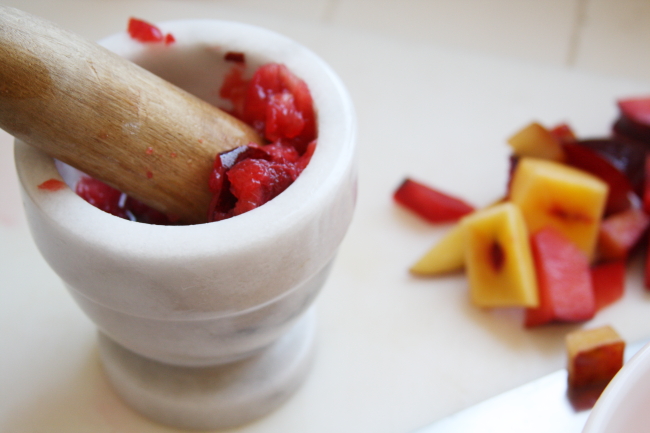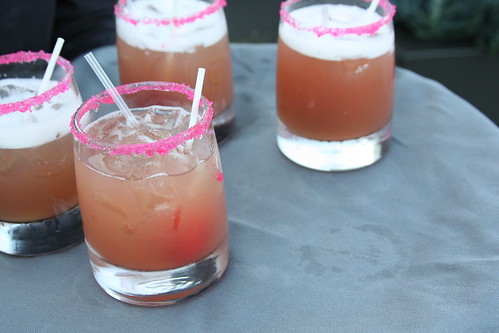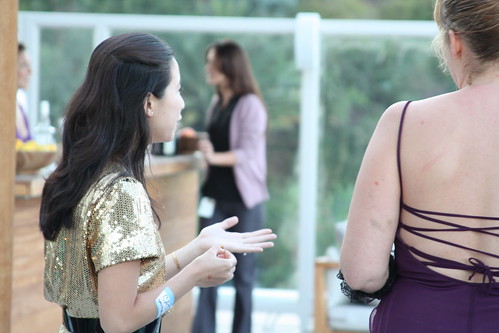
Every home cook has basic items they always stock in their kitchen’s pantry. Requirements slide up and down a varying scale of basic essentials to gourmet necessities. While some gourmands require jars of caviar, blocks of chocolate and imported espresso beans, I like to keep things simple in my little kitchen. My cabinets stocked with cans of tuna, sardines, plum tomatoes, chicken stock and bags of pasta, granola, cereal and nuts. Nothing too complicated.
As for spices, I avoid the dried stuff in jars. As New York Times’ food writer Mark Bittman suggests my spice shelf should be dedicated to items that don’t go bad quickly. I stock dried red peppers, whole nutmeg, large sticks of Vietnamese Cinnamon (thanks White on Rice!), dried oregano from Italy, cardamom pods and a tube of harissa.
I have to admit that when it comes to buying fresh herbs, however, I am utterly uncertain what should be considered essential. Unless I have a specific recipe in mind, I’m often left wondering what I should or shouldn’t be buying at the farmers market herb stand. And sometimes, the thought of tossing another bunch of wilted (and yes, I admit it, moldy) basil into the garbage keeps me from buying anything at all.
But now, thanks to Lily Baltazar—the daughter of an herb grower and the person in charge of overseeing the family’s herb stands at farmers markets across southern California—I think I have a much better understanding of what an essential herb really is.
I recently had the pleasure of interviewing Lily for my weekly column in the LA Weekly’s food blog, Squid Ink. Lily thrives on educating customers and teaching them how use herbs. After learning tons of great ideas on how to use leftover herbs (read the full story here), I decided to ask Lily what herbs she couldn’t live without. Here is what she had to say:

If you could only have a handful of herbs in your pantry, what would they be?
I would certainly pick Italian parsley, basil, thyme, arugula and cilantro. I like to think that we are all “home chefs” and although our flavor palates are different, these herbs provide an array of flavors.
I love Italian Parsley too! I think that may be the once thing I always buy at your herb stand with confidence. I chop it up and throw it in sauces, toss with bread crumbs and add to salads (especially my radish and sardine salad). Why is Italian Parsley one of your essential herbs?
It sparks up any meal, whether you are making tabouli, putting a soup stock together, or adding it to a carton of store bought soup, it will enhance the look of the dish, as well as the flavor.
And Basil?
Basil is another herb that works well with any dish. I want to get customers to think past Italian pesto. This beautiful herb can be used for so much more. Just add extra leaves to a sandwich, to top a pizza and add to salads. Chop up basil and add last minute to soups, use it in spring rolls. Or just add it in the place of cilantro.
Suzanne Goin likes to use muddle basil stems to flavor her vinaigrettes. That’s an ingenious use of leftovers, I have to say. And speaking of Suzanne, thyme seems to be the number one herb used in most of her dishes at Tavern. Why is thyme so important to you?
Thyme is the versatile herb that can be used in just about anything. Use it for marinades and meat rubs for grilling. Chop and use for mushroom dishes. Thyme is a must for salad dressing. This beautiful herb is now being used to flavor and garnish for drinks.
And what about arugula? Is it really an herb?
The nutty spicy green is gaining in popularity. Its nutty, peppery leaves go well with fish, sushi, spring rolls, chicken, beef. I like to use this green in combination with sweets. Try an arugula salad with fresh dates from the farmers market or fresh, ripe fruit like apples, pears, candied nuts…The list goes on. For extra flavor, add cheese to an arugula salad.
Sometimes when I run out of spinach I like to use any arugula I have and sauté it. I recently used it in an egg white omelet and loved how it gave the simple egg preparation such a nice peppery note…Why is cilantro on your list of essential herbs?
I like to chop it up and sprinkle it on just about anything. I like it for salsa, chutney, salads, sandwiches, burritos, quesadillas.
How do you suggest storing fresh herbs? Is there a way to prolong their freshness?
Keep pantry herbs all together in a plastic bag or in a plastic tub. I like to bring out all of my herbs together, to inspire experimentation and new uses. The only exception to this is basil. Basil is special and does not like cold temps. Wrap your basil in a dry paper towel and place in a separate bag. Put the bag in the cheese bin or the warmest part of your fridge. All my pantry herbs (except for basil) will last about a week in the fridge.
Lily Baltazar’s family business, ABC Rhubarb is based in Fillmore, California. I visit her every week at the Hollywood Farmers Market.

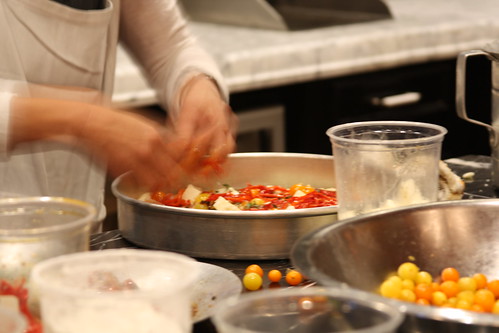
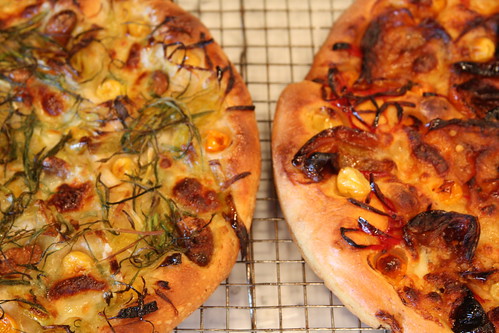

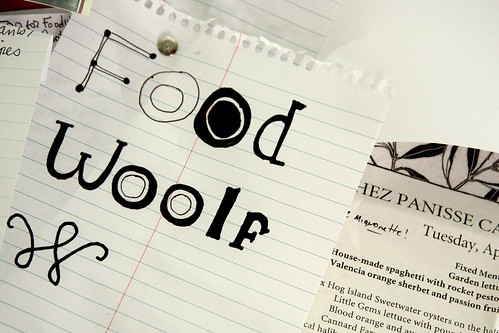
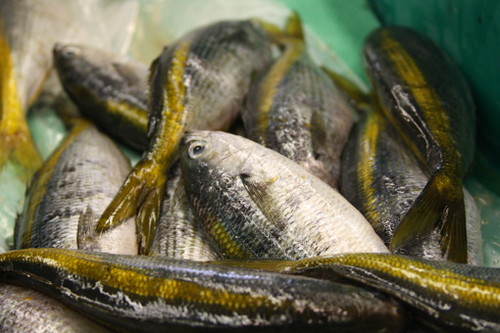



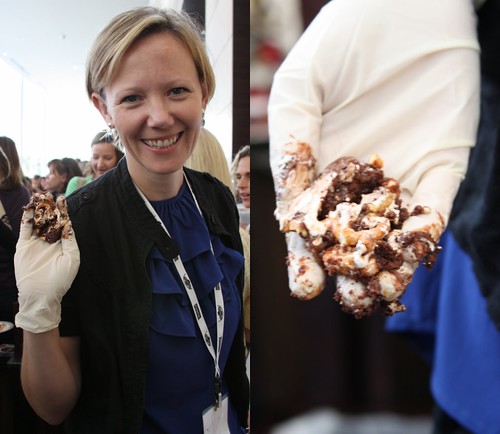

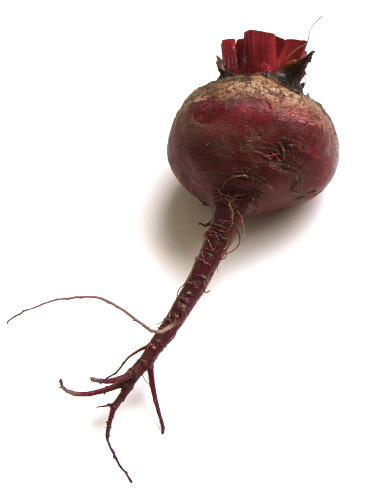
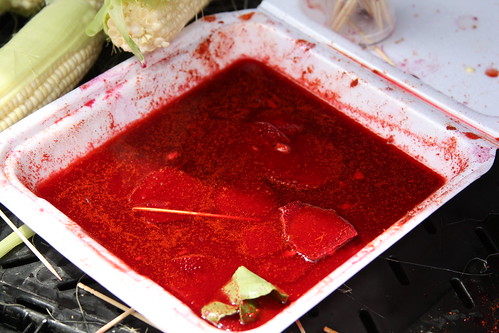





.jpg)

.jpg)
